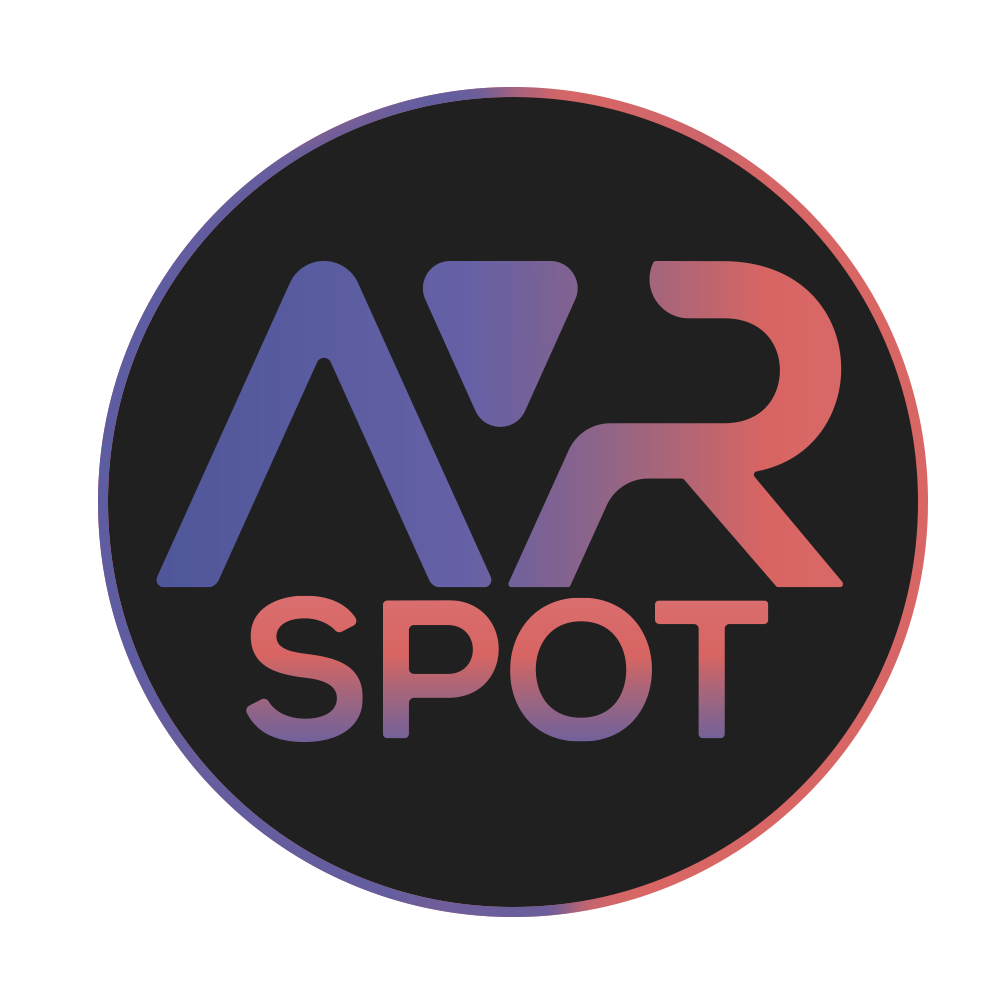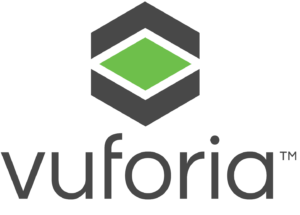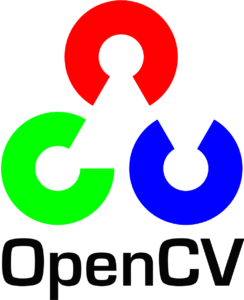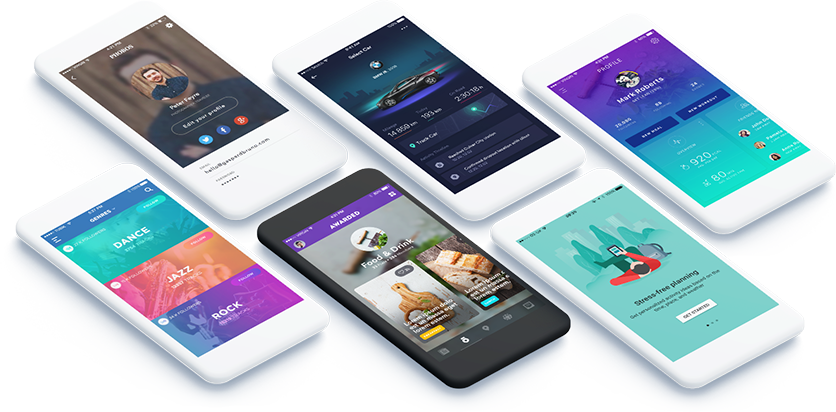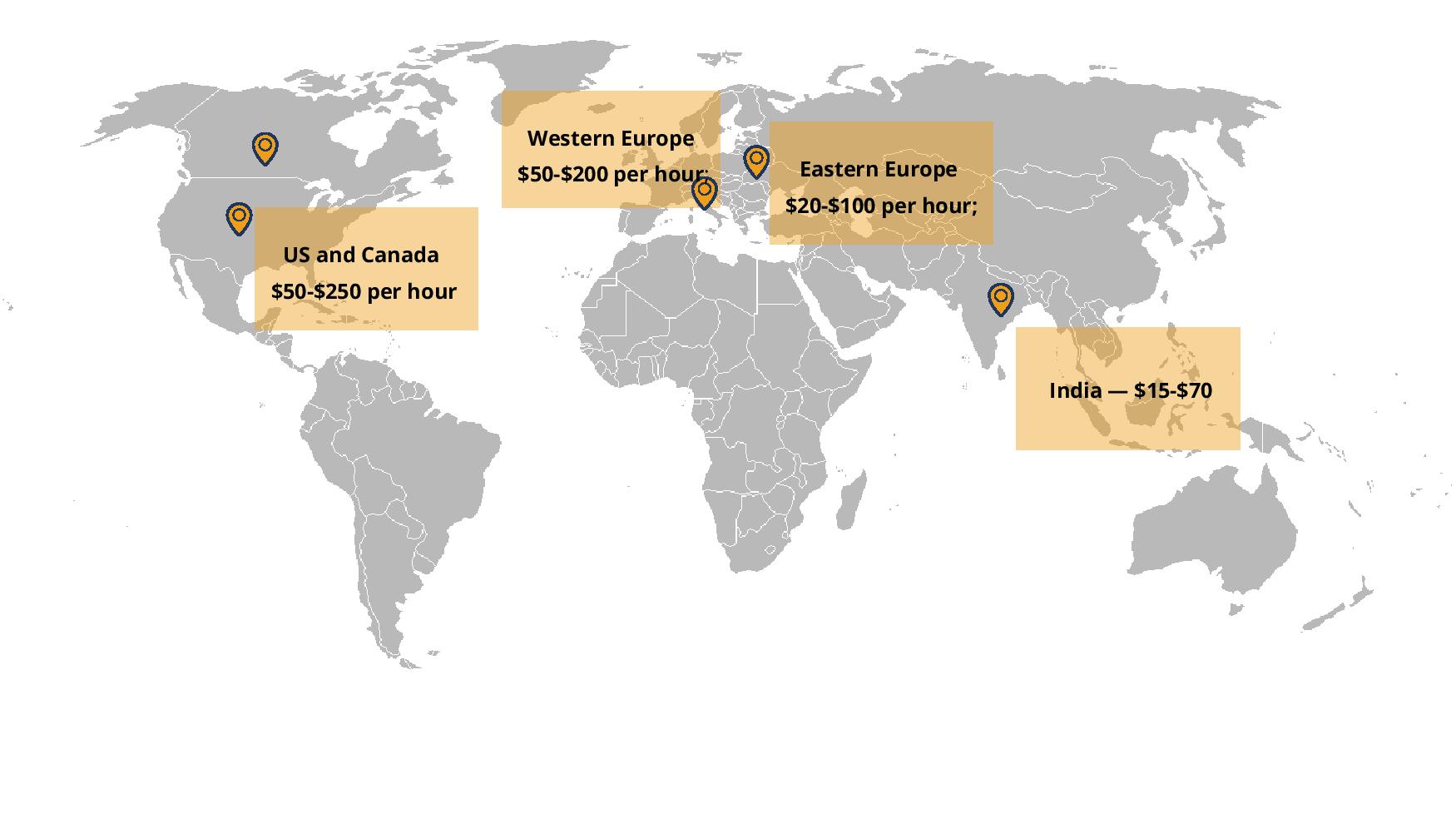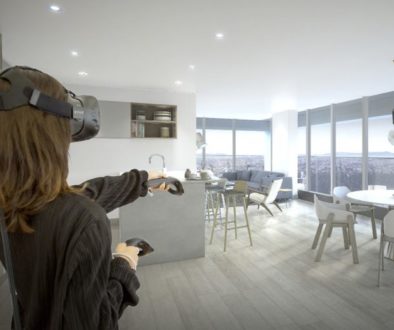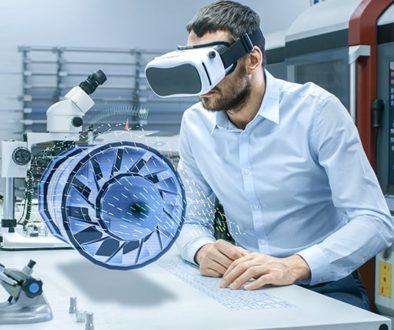How much does augmented reality application development cost in 2018?
Nowadays, businesses must pursue innovative and effective ways to remain competitive and grow outside of their traditional core business — and many perceive augmented reality as a strong opportunity to do so. A handful of companies including Snapchat, IKEA, and L’Oreal have creatively utilized AR technology in their marketing strategy and now clearly see advantages of this groundbreaking technology.
According to Digi-Capital, AR is set to be three times as profitable as VR is, especially for enterprise users (read more about VR project estimation here). An overwhelming growth of this technology during the past few years allows companies to realize the sheer magnitude of potential in AR application investments.
So, how much does it costs to jump on the AR bandwagon?
Let’s start with the technical part.
Augmented Reality SDK
One of the first stages of AR app development is choosing an SDK.
Choose an SDK depending on the type of the app you want to develop, its functions and a platform where the app should work on.
A Software Development Kit (SDK) is a set of handy tools, libraries, relevant documentation, code samples, processes, and guides for developers to write application programs.
Here’s a list of the most Popular SDKs for you to choose:
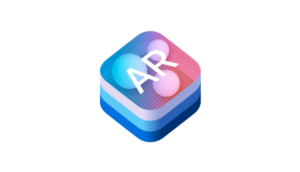 ARKit is a fairly advanced set of tools for creating AR experiences for iOS. As the device is moved, ARKit performs environment mapping by means of the iOS device’s camera, accelerometers, gyroscope and context awareness. ARKit blends digital objects and information with the environment around you, taking apps far beyond the screen and freeing them to interact with the real world in entirely new ways.
ARKit is a fairly advanced set of tools for creating AR experiences for iOS. As the device is moved, ARKit performs environment mapping by means of the iOS device’s camera, accelerometers, gyroscope and context awareness. ARKit blends digital objects and information with the environment around you, taking apps far beyond the screen and freeing them to interact with the real world in entirely new ways.
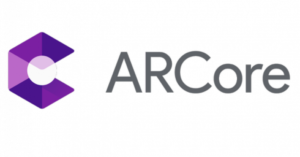 ARCore is a development platform for building augmented reality apps (Android mobile devices). ARCore tracks the position of the mobile device and builds its own understanding of the real world. To integrate virtual content with the real world, ARCore uses motion tracking, environmental understanding, and light estimation.
ARCore is a development platform for building augmented reality apps (Android mobile devices). ARCore tracks the position of the mobile device and builds its own understanding of the real world. To integrate virtual content with the real world, ARCore uses motion tracking, environmental understanding, and light estimation.
Vuforia is the most popular SDK that enables the creation of AR apps. It uses computer vision technology to recognize simple 3D objects in real-time, overlays 2D- and 3D-elements has a built-in Smart Terrain function and also supports OpenGL.
This SDK combines instant tracking technology, object recognition and tracking, top-notch image recognition and tracking and geolocation AR for mobile, tablets and smart glasses. It provides a JavaScript API to enhance AR experience as well as supports Native API for iOS and Android.
OpenCV or Open Source Computer Vision Library has C++, Python and Java interfaces and supports iOS and Android. Its functions mainly aimed at real-time computer vision. OpenCV’s application areas include: facial recognition system, gesture recognition, human-computer interaction (HCI), motion understanding, object identification, augmented reality etc.
You can read more about each SDK by clicking on the links provided. If you are not sure which one will be perfect for your app, you can ask our AR geeks and we will help you to make the right choice.
Related: How Much Does AR or MR Training Simulator Development Cost?
Initial stages: requirements & planning
Information about your product vision, apps’ features, APIs and other technical details make successful documentation. For the app to perform an action expected from the user, you should also describe how the app would be perceived, and what particular actions the user will take. The more details, the better. By the way, photos, sketches or wireframes illustrating your requirements would be helpful.
Project documentation for AR app development takes 3 – 10 days.
Here, at AVRspot we would create documentation if you don’t have any or if it’s hard for you to compile it on your own. It’s easy to be more specific and calculate the time and cost baselines to develop the augmented reality app with well-built and accurate documentation.
AR development project estimation lasts 2-5 days. The length of this phase depends on project size and complexity.
AR development estimation
The general development time can vary from several weeks to several months. It can take even a year if the app functionality and 3D content are very complex.
P. S. Development time and prices mentioned corresponding those AVRspot would need to accomplish AR/VR projects.
1. If you want to develop a simple AR app with ARkit, it can be created by one developer in just 1-2 weeks. A simple AR solution, where the users can observe a house, simply putting their phone camera on the plain area and walk around the house is the kind of an app that can be implemented quickly if 3D models are ready.
2. One more trendy app type is the one containing facial features recognition. From securing your business and maximizing the value of your digital assets, to transforming your brand experiences — integrating face recognition into a mobile app is truly rewarding. Facial features recognition development has never been easy and can last approximately 1,5 – 2 months.
3. The next generation of navigation is indoor/outdoor mapping. With a smartphone in hand and such a solution, it is easy for customers to find their way to a destination, even in an unfamiliar place. An indoor mapping development for a complex venue will last at least 2 – 3 months.
4. Users have difficulties in finding and understanding the solution in the long user manual and sometimes they misunderstand the procedures. If there would be a mobile app which aids users to deal with a new product, car or a coffee machine, so you don’t need a manual, wouldn’t it be awesome? Augmented reality gives a possibility to create an interactive user manual. Object recognition app development of an average sized item can take 1 to 3 months.
5. An architectural visualization or 360 walkthroughs can be created in both, VR and AR modes. You can read more information about the cost and time needed for VR walkthrough app in our previous blog. In AR tour the potential buyers can explore how the building looks or will look like if it is not built yet. Overall, 3D modeling and app development can take up to 6 weeks or more. 360 photo tour can be done in 1-5 days depending on photos quality and quantity.
6. The multiplayer role-playing games in augmented or virtual reality are in the mainstream right now. Yet, these are not the easiest. Even a simple multiplayer AR game development can last up to 2 months.
Approximate costs for their development will be as follows:
Simple AR app with ARkit/ARCore without 3D modeling services — starting from $3 500*
360 virtual tour — starting from $3 500*
Architectural visualization — starting from $3 500*
Object recognition with computer vision — starting from $ 6 000*
Facial features recognition app — starting from $ 6 000*
Indoor/outdoor mapping — starting from $ 7 000*
AR multiplayer role-playing games – from $19 000*
If you have any concerns about the price and time estimation, AVRspot will provide you with all the necessary services and resources required to complete the project.
AR development estimation can take from 2 to 24 hours.
Platforms
AR apps can be developed for iOS as well as for Android phones and tablets.
VR application development rates
AR development rates vary among countries, thus you can choose a development team that fits your budget.
US and Canada — $50-$250 per hour,
Western Europe — $50-$200 per hour;
Eastern Europe — $20-$100 per hour;
India — $15-$70.
AVRspot offers $30-60 per hour.
Where do you go from here?
We have the people, skills, insights and deep industry experience needed to shape a perfect AR application. If you are looking for an effective way to improve your business, it’s a great opportunity to start now. Contact AVRspot, and our AR experts will help you to increase revenue growth as well as find an access to new markets and customers.
* final price depends on many factors such as project complexity, modules such as analytics, reporting, back-end system, integration, hardware setup, multiplayer, etc.
